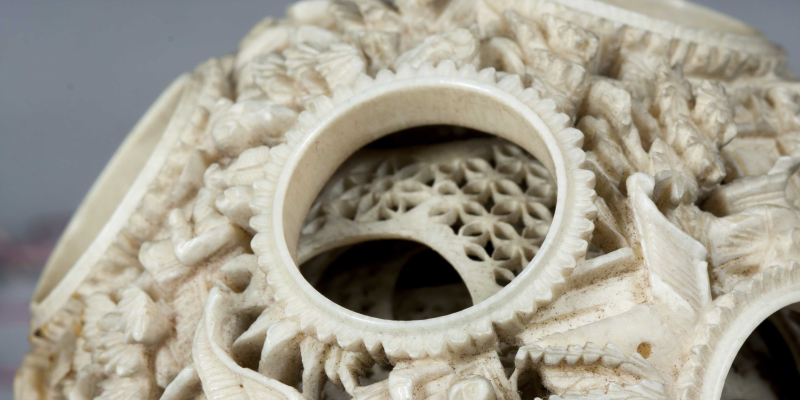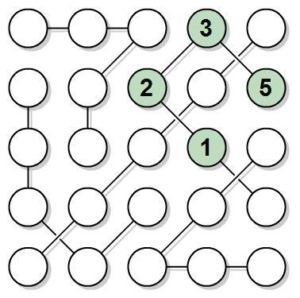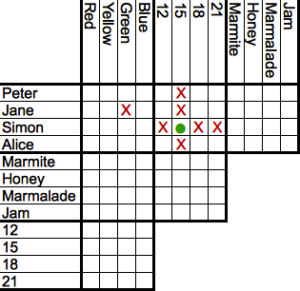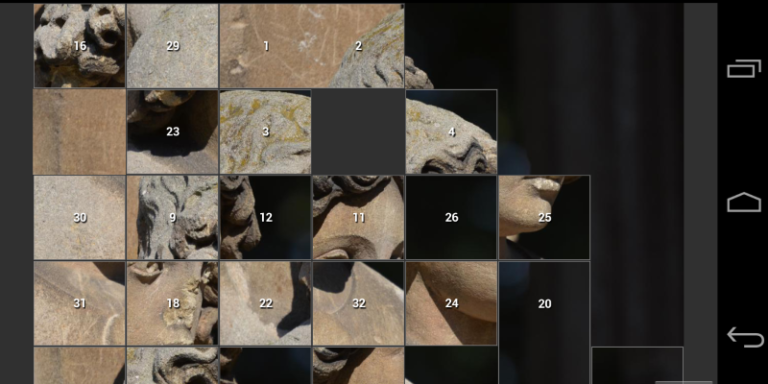Puzzles in a Pinch

If you had asked me a decade ago, I would never have said I would be in a spot where I need to have multiple puzzles ready to go at a moment’s notice. Well, time makes fools of us all. I’m not saying I’m a world-class detective with a top hat, courtly manners, and a weird orange shirt, but I am saying I run a few games with a variety of players and mediums. This means that I need to have a similarly diverse spread of puzzles. This can be a tricky feat, as puzzles can be time consuming to create and difficult to run in a satisfying way. Over time, I’ve found some time-saving, but still satisfying, solutions to this problem. Hopefully, these techniques will save some time for a GM in need.
I want to briefly discuss how I use puzzles. There is often a disconnect between player and character that comes to the forefront when puzzles come into the picture. Someone might be portraying a wizard with a love of unraveling mysteries, but not possess any skill in that arena in the real world. A proclaimed mathematical genius character might have a player that pukes when looking at numbers. Not to mention someone playing a dumb fighter might absolutely love puzzles.
Balancing these divides in a fun way is the biggest challenge of using puzzles on a regular basis. I tend to prefer puzzles with multiple steps to solve, so that skill use and difficulty can be adjusted as needed. I allow successful skill use to speed along the puzzle, but not result in a binary challenge. Multiple steps also lets you gate puzzles, as needed. Everyone might be good at Investigation, but you could easily have one clue with a higher DC for non-wizards, or people without the Sage background. Finally, creating tension during puzzles can be key. The more combat-oriented people might need to kill minor, yet scaling, creatures to put pressure on the puzzle-solvers, or there might be additional skill challenges, like holding doors against opposing forces. Keep everyone active, in other words. This is basic advice, but it’s worth spelling out just to provide some further background when I dive into the specifics.
Putting It on the Line
One of my favorite puzzle types to use is Strimko. Strimko is based on the idea of Latin squares, first described by mathematician Leonhard Euler. This is similar root to Sudoku, where each square section is a Latin square, but varies in a few meaningful ways. First, if you have anyone who shies away from math, it’s easy to reskin the puzzles to not use numbers. Second, it’s incredibly scalable. You can make it easier in a few different ways, such as using fewer numbers overall, or providing more numbers to begin with. Third, it’s very easy to slap on a grid or draw on a map for visual use. Here’s what a Strimko puzzle looks like:

The goal of the puzzle is ensuring each row, column, and connected line have each number represented without any repeats. In the above example, you’d want to fill in numbers 1-5. You can easily reskin this to use colors, gems, statues to the gods, magical symbols, you name it. You can also see how successful skill challenges would allow you to fill in additional numbers, making the puzzle easier. You can find a ton of free puzzles of this nature here.
Keep a Grid on It
Another great puzzle-type to keep at the ready is the logic-grid puzzle. While I traditionally use these puzzles for scholarly challenges or traditional detective-work situations, you can use them in different ways, as well. Logic-grid puzzles consist of attempting to match information to the appropriate labels and categories. For example, you might need to find what wizard wrote about what school of magic, in what year, and in what town. You’d put this information together from a base of clues that are provided to you in various forms. Journals, interviews, letters, found documents, and so on are the most common ways to convey this information, though you could certainly use giant talking automatons or similar. There is a lot of ways to do it. Here is what a typical logic-grid used to solve one of these puzzles looks like:

These puzzles are incredibly easy to reskin. If you use Braingle, you have the clues and the answers easily viewable. You can create the grid to see the relations, and then start changing the labels, categories, and then the cues. A puzzle about people eating sandwiches and wearing different shirts while doing so can easily become about ancient spells or forgotten weapons of valor in a matter of moments. Each puzzle is about a paragraph worth of text, and then the grid and answers themselves. Being able to have templates to work from really help speed this along. If you are looking for puzzles with a scholastic or detective feel, I can’t stress these puzzles enough. Again, it’s very easy provide granular advantage based on skill use, because there are so many options to provide. What’s great is you have a bevy of skills available to you, as gathering info from people using social skills is almost always on the table.
You can even run this as a fight, if you are feeling froggy, ss long as you provide a clear depiction of the information you are trying to convey. There are a lot of moving parts here to make sure it all jives, but naming true names, countries ruled, heroic deeds, and cause of downfall or something similar can work pretty well. This requires a lot of work to pull off well, but it’s high risk/high reward. Even if you don’t opt for this route, the puzzles are flexible enough, and quick enough to reskin, that you can get a lot of use out of them.
Let’s Get Physical
The last type of puzzle I will cover here seems like a no-brainer, but I don’t see them get used all that much. People love tangible objects at gaming sessions. I assume they do, at least, since I always hear stories from others and see it first hand. Creating or running a physical puzzle is great way to get engagement. As a word of caution, I would not necessarily go out and buy a puzzle you can get at a game or book store. These puzzles might be harder to fit in your game, lack a certain amount of customization, and you run the risk of someone having done that specific puzzle before. If you have some laying around, great, give it a shot! I have personally found them a bit hard to break down for skill use, but I am not claiming to be the best at this. Instead, let me very much recommend tile puzzles.

In this case, I’m actually recommending tiled puzzles. Go to a hardware store, look in the flooring section, and find some cheap segmented tile. You now have a customizable tile puzzle. You can put runes on it, a story, a picture, a map, you name it. Marker and ink wash off well from it, or you could use a dremel or other tool to engrave it. You could also paint and then seal it. It won’t run you more than a couple dollars. Seriously, I have done this so many times. Tiles are great because you can make them as modular as you want, you can use them as loot, you can easily provide information through skills as often as you would like, and you can create skill challenges around their fragility, if you put some stress into the situation. For added difficulty, you can either provide the picture they are trying to recreate, or don’t. Both work really well.
If you are playing in a virtual setting, create a template and go to town. Hand out the image as a reward through your virtual tabletop of choice and go nuts. With so many background patterns readily available, the possibilities are endless. The added bonus of this method is you can easily fit the tiles into the built-in combat grids, and make it a literal tile puzzle. Zelda that shit around. Letting “dumb characters” do the physical manipulation can go a long way to keeping participation high.
Wrap That Puzzle Up
Puzzles are near and dear to my heart, and I have gotten so much game mileage out of them. I hope that these quick and dirty methods for puzzle generation help at least one person. Finding methods for keeping exploration and social pursuits as easy to generate as combat is a big deal, and one I am always looking to improve. I can’t even count how many times I have reskinned the above puzzle types, yet as long as you vary them up and make sure the reskinning is thematic and appropriate, no one will mind. In fact, as they get better at them, many might find a new addiction. Better puzzles than meth.



